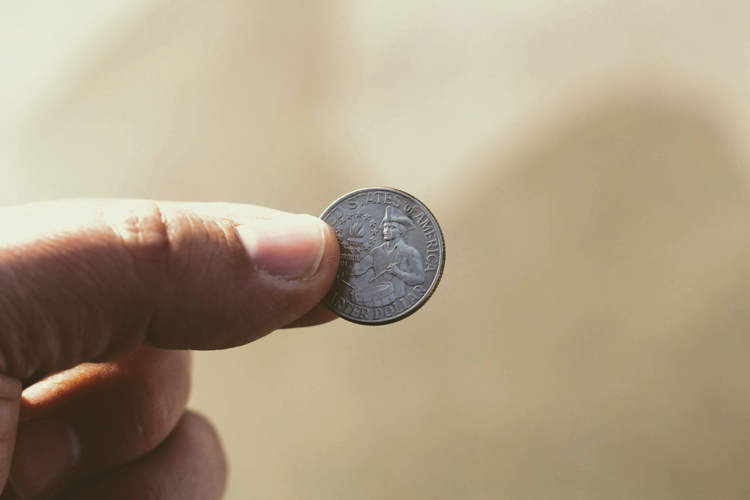Many people don’t realize it when they first walk into Roman Yerokhin‘s apartment, but many of his beautiful pieces of furniture are decorated with some of the most unusual materials – burnt matchsticks and broken tiles.
But as soon as they sit at the large monolithic table in his kitchen and notice its decorative patterns are actually made from thousands of burned matchsticks, their jaws instantly hit the floor and then the questions start. The first thing that pops into their heads is that his family used these common materials because they were poor, but that couldn’t be farther from the truth. In fact, Roman says his ancestors were wealthy jewelers before the communists came to power, and even during their regime, his parents made a decent living as graphic artists. The main reason they resorted to matchsticks as decorations is that any other materials were scarce, and having lived under a communist rule myself, I know just what he means. Communism put a roof over your head, provided you with a job and put some food on the table, but it did absolutely no toleration for exercising cultural and spiritual freedom.





















